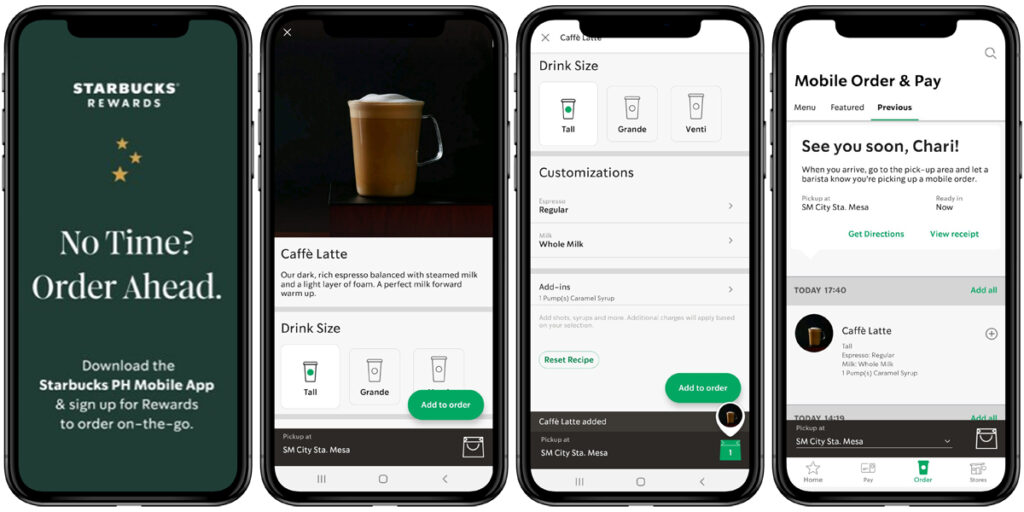Key takeaways
In today's rapidly evolving business landscape, adopting new technologies and value propositions is essential for staying ahead of the competition. Corporate venturing is a great way to do it, with each new venture adding to your portfolio, increasing your capabilities and boosting your competitive edge.
However, diving head first into a full-scale implementation can be risky and costly, especially without adequate validation. The solution? Pilot runs.
Pilot runs enable you to test ideas and concepts in small, controlled settings, ruling out faulty assumptions, so you can move forward with more certainty, less risk and fewer wasted resources. They provide valuable insights about the desirability, viability, and scalability of your product or service, so you can make valuable iterations and informed decisions about whether or not to continue the investment.
To give you a better idea of how pilot runs work, let's take a closer look at the concept, the advantages and some inspiring, real-world examples.
What is a pilot run?
A pilot run (aka a pilot test or pilot project) is a small-scale, preliminary implementation of a new product, service, or business model, typically conducted before a full-scale launch. This strategic approach allows companies to assess the feasibility, viability, and desirability of a new venture, identifying potential issues and fine-tuning their strategies, all before making significant investments.
Some of the elements you can test during a pilot run include:
Product functionality
Assess the performance, usability, and reliability of your product to ensure it meets customer needs and expectations.
Production processes
Evaluate and optimise manufacturing, supply chain, and other operational procedures to identify areas for improvement and enhance overall efficiency.
Marketing strategies
Test various marketing channels, messaging, and tactics to determine which resonates best with your target audience and drive the desired results.
Customer experience
Examine customer interactions with your product or service, focusing on user satisfaction, ease of use, and areas for enhancement to maximise customer retention and loyalty.
Revenue generation
Test pricing, sales channels, and monetisation strategies to optimise revenue generation and ensure your venture's financial viability.
The insights gathered enable you to make informed decisions about how to move forward with your venture, making vital iterations and improvements proactively before doing a full-scale launch.
What are the benefits of a pilot run?
We’ve already touched on some of the benefits of doing a pilot run, but let’s break them down individually:
Risk Mitigation
A pilot run serves as a safety net, enabling you to identify and address potential problems before committing substantial resources. By revealing any weak points or flaws in the design, pilot runs can prevent costly mistakes and protect the company's reputation.
Cost Reduction
Pilot runs enable you to optimise your budget by proactively identifying areas for improvement and opportunities to streamline processes. This leads to more efficient use of resources and lowers costs.
Market validation
A pilot run offers invaluable insights into how the market will react to your new offering. It allows you to gauge consumer interest, collect feedback, and make data-driven decisions to fine-tune your product or service before the full-scale launch.
Increased agility
Pilot runs foster a culture of continuous improvement and innovation. By regularly testing new ideas and iterating your offerings, you can quickly adapt to changing market conditions and stay ahead of the competition.
Three real-world pilot run examples
Many renowned companies have successfully leveraged pilot runs to introduce new products and services to the market. Let’s take a look at some real-world examples:
Uber Express Pool
Before introducing its Express Pool service, Uber conducted a pilot run in multiple cities, including San Francisco and Boston.

Express Pool is a more affordable shared ride option that requires riders to walk short distances to a designated pickup and drop-off point. The pilot run allowed Uber to test and optimise its routing algorithms, ensuring a more efficient and cost-effective service for both riders and drivers before expanding its launch.
Starbucks Mobile Order & Pay
Starbucks first tested its Mobile Order & Pay feature in select stores in Portland, Oregon, before rolling it out nationwide.

This pilot run allowed Starbucks to assess the functionality of its mobile app, evaluate the impact on store operations, and optimise the overall customer experience. As a result, Starbucks successfully integrated mobile ordering into its operations, streamlining the ordering process and reducing wait times for customers.
Airbnb
Back n 2007, Airbnb founders Brian Chesky and Joe Gebbia came up with the idea of offering a more affordable and authentic alternative to traditional hotel accommodations.
To test their home-sharing concept, they rented out air mattresses in their own San Francisco apartment during a local design conference. The positive response from their first guests confirmed the demand for their unique value proposition. This laid the foundation for Airbnb's global platform, which now connects millions of travellers with hosts in over 190 countries.
Final thoughts
Pilot runs are an essential tool for businesses looking to innovate and stay competitive in today's dynamic market. By providing a controlled environment to test new ideas and gather valuable feedback, pilot runs can help organisations mitigate risk, reduce costs, and optimise their offerings for maximum impact.
By incorporating pilot runs into your business strategy, you can increase your chances of success, foster a culture of innovation, and maintain a competitive edge in your industry.
________________
Would you like to do a pilot run to test one of your corporate venture ideas? We can help you determine the right scope, duration and goals, so you can successfully launch and gather the insights you need to move forward.
50 Corporate Venture Examples
Find out how top companies build ventures from scratch to unlock markets, fuel growth, and generate new revenue.











.svg)

